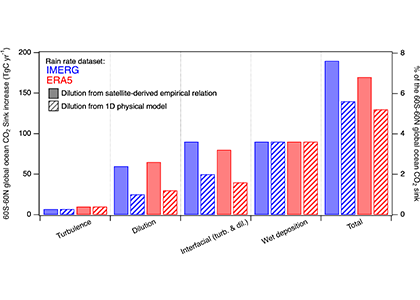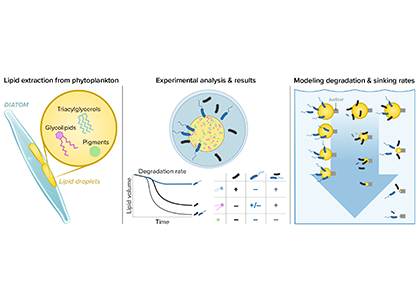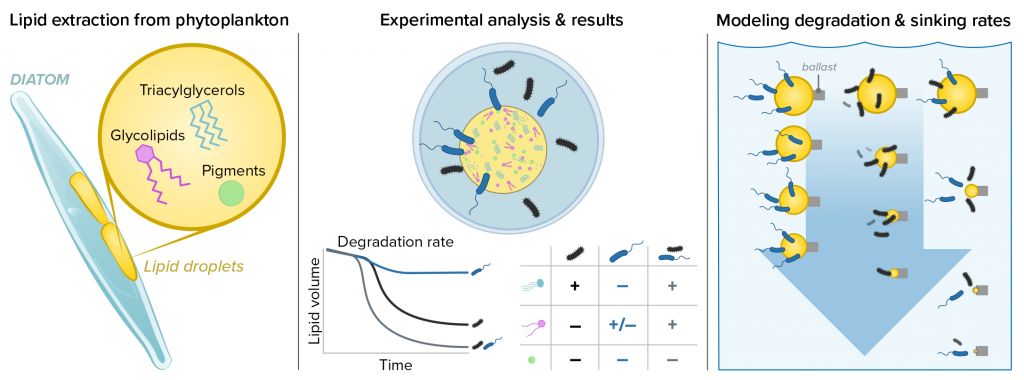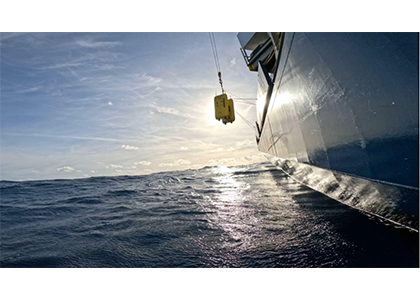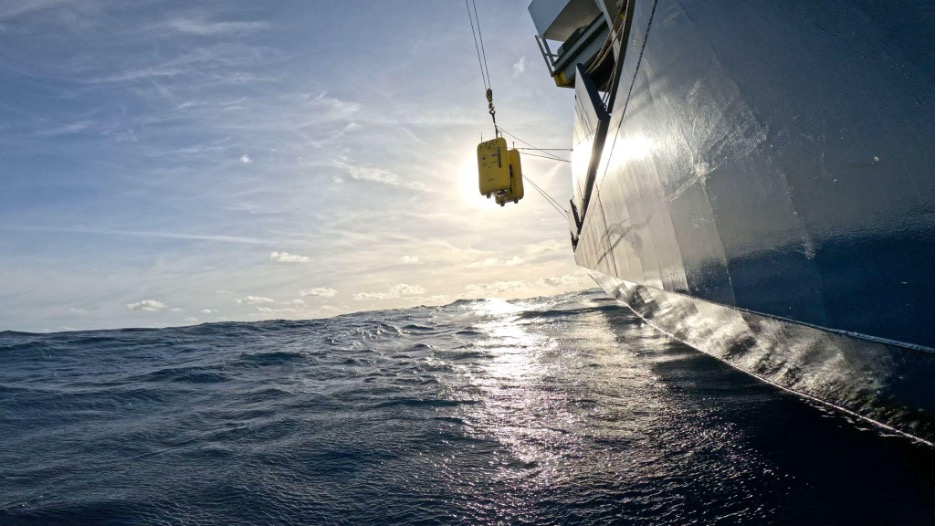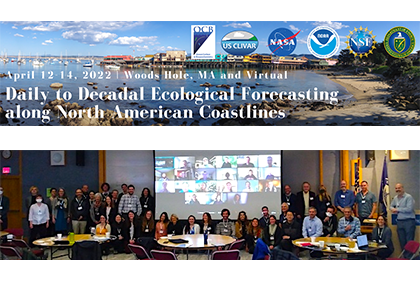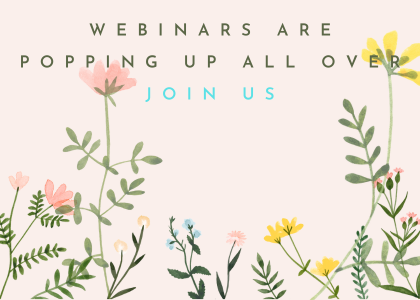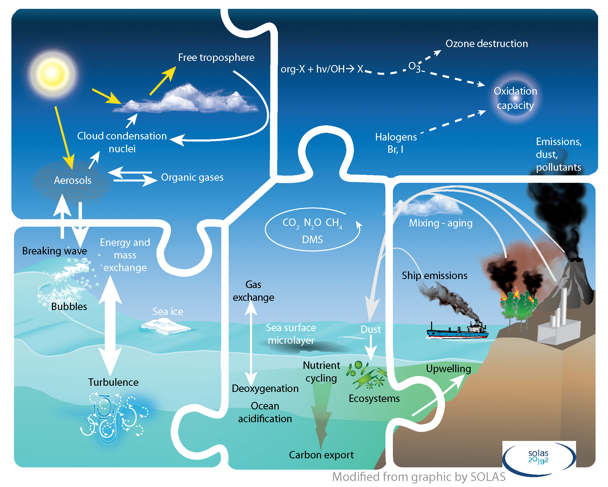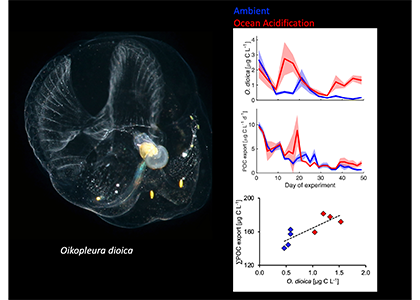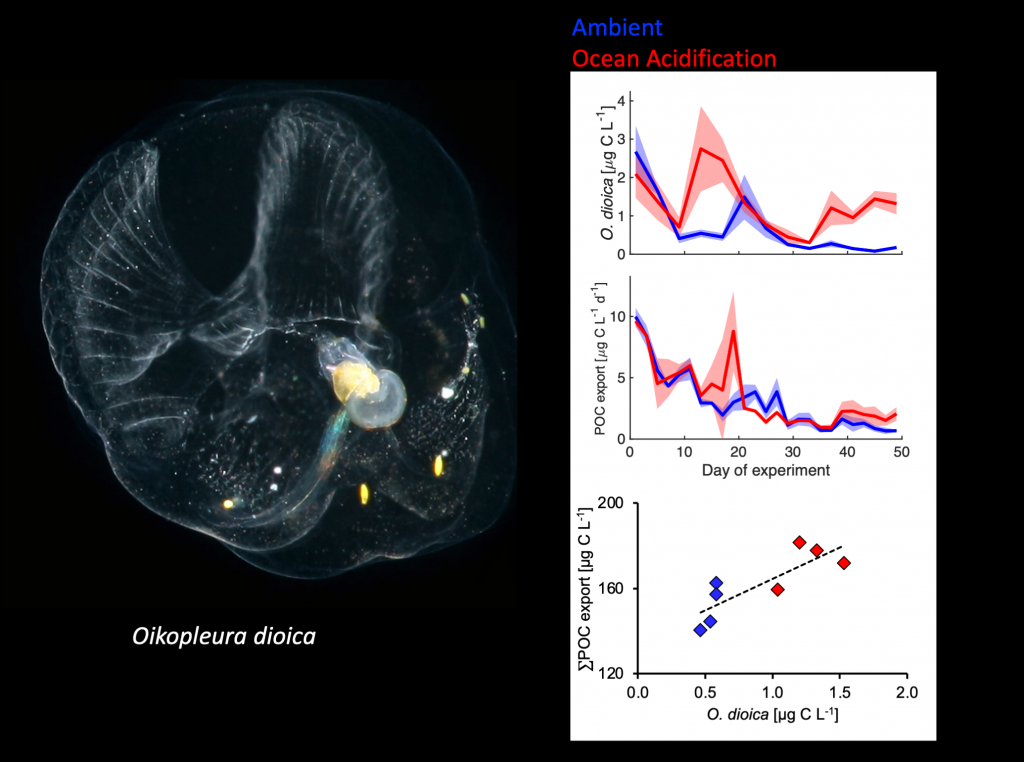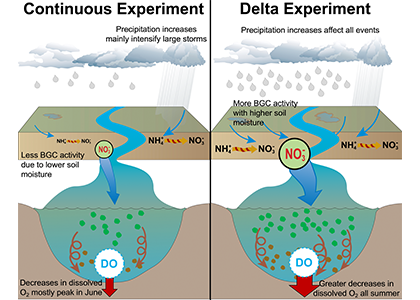The global ocean dampens the anthropic CO2 increase in the atmosphere by absorbing around 25% of the carbon emitted each year. Of the processes involved in exchanges of energy and mass between ocean and atmosphere that may impact this carbon sink, rainfall has never been systematically and comprehensively quantified. A study recently published in Nature Geosciences suggests that about 6% of the global ocean CO2 sink is mediated by rainfall.
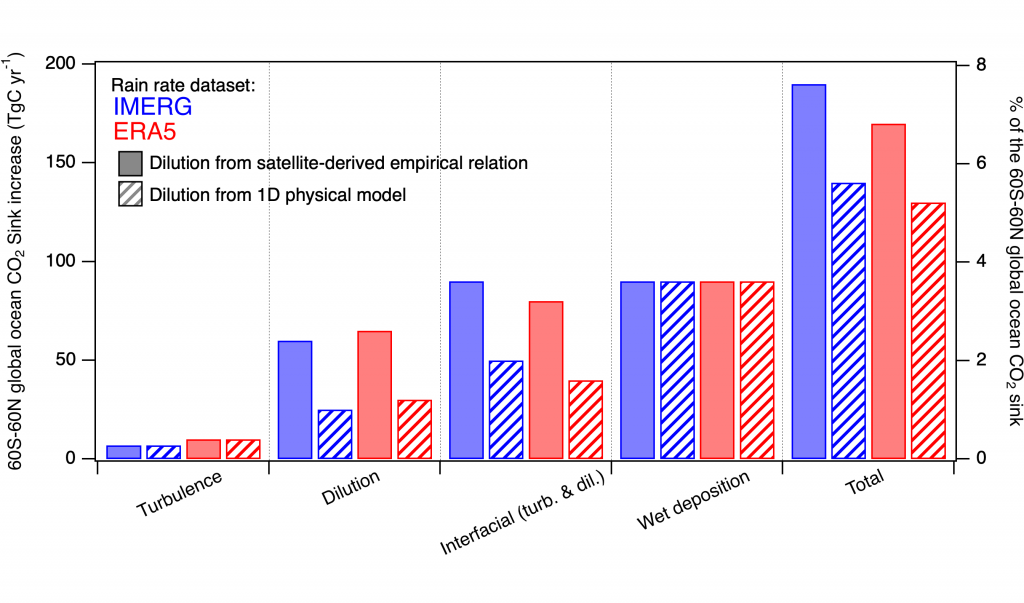
Figure 1. Histograms of 2008-2018 global ocean (60°S-60°N) CO2 sink increase due to rain-induced turbulence only, rain-induced dilution only, the resultant of turbulence and dilution (named the interfacial effect), the wet deposition of CO2 absorbed during the raindrops fall and the total (interfacial plus wet deposition) using 1-h rain rates from IMERG (blue) and ERA5 (red). The rain-induced dilution is diagnosed from a satellite-derived empirical relationship (full) or a 1D physical model (stripes). Figure based on Parc et al. (2024) Table 1.
The exchange of CO2 at the ocean interface is controlled by chemical, physical, and biological properties and processes. Rainfall, one of these processes, can alter the properties of the ocean surface and perturb the carbon exchange in three ways:
(i) Turbulence: Raindrops increase the momentum transfer to the ocean and generate turbulence enhancing the renewal of interfacial water (first column in Fig. 1). This tends to increase both in- and out-gassing. The impact of this effect alone is weak because wind dominates the generation of turbulence in the ocean;
(ii) Dilution + Interfacial: Rain dilutes and cools the near surface waters, which perturbs chemical equilibria and leads the ocean to absorb more CO2 (second column in Fig. 1). The result of dilution and turbulence effects of rain, which is named “Interfacial”, is a clear increase in global CO2 sink (third column in Fig. 1);
(iii) Wet deposition: Finally, raindrops directly inject CO2 molecules into the ocean that they absorbed during their fall through the atmosphere (fourth column in Fig. 1).
Using two rainfall datasets (the satellite-derived product IMERG and the ERA5 reanalysis) and two ways to quantify the rain-induced dilution, the authors show that rain increases the ocean carbon sink by 140 to 190 million tonnes of carbon per year, equivalent to 5% to 7% of the 2.66 billion tonnes of carbon absorbed annually by the oceans. Because rainfall amounts and patterns will change in the future, impacting the ocean carbon sink, these results call for explicitly including rain effects in the annual global carbon budget estimates.
Authors
Laëtitia Parc (Laboratoire de Météorologie Dynamique)
Hugo Bellenger (Laboratoire de Météorologie Dynamique)
Laurent Bopp (Laboratoire de Météorologie Dynamique) @bopplaurent.bsky.social
Xavier Perrot (Laboratoire de Météorologie Dynamique)
David T. Ho (University of Hawaii at Manoa; [C]Worthy) @davidho.bsky.social
Parc, L., Bellenger, H., Bopp, L., Perrot, X., and Ho, D. T. Global ocean carbon uptake enhanced by rainfall.Nat. Geosci. 17, 851–857 (2024). https://doi.org/10.1038/s41561-024-01517-y

